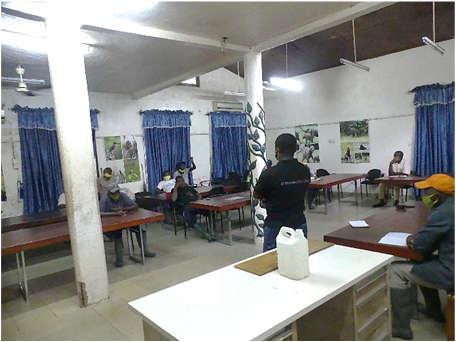
2 minute read
2. Population management & Animal welfare
2. Population management & Animal welfare
Funders
Advertisement
Ongoing activities
□ Maintained frequency and diversity of enrichments in each section (Images 4-6)
Specific activities
□ Tantalus monkey: Introduced adult female Malabar to adult male Malende
□ Vet cares (July 2020): ◌ 76 Primate individuals treated; 8 anaesthesia performed; 12 individual sampled (8 blood samples for haematology analysis, 12 faecal samples for coprology analysis); 2 contraceptions; 0 identification with a microchip; 2 major surgeries; 131 drug therapies (of which 49% to treat 4 individuals with resistant bacteria abscessation): 63% dietary supplements, 23% antibiotics, 12% painkillers and anti-inflammatories, 1 % arthritis supplements, 1 % others; 0 health checks; 0 death (Image 7) ◌ African grey parrots: 32 health checks before release; 29 transferrals to
the soft-release aviary, 1 transferral to the rehabilitation aviary; 2 individuals
received intensive care treatment with 3 rd generation antibiotic treatment and
special diet; 1 death (Images 8-11)
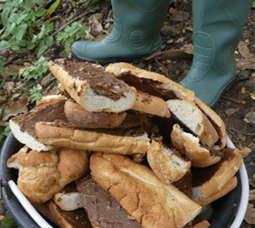
Image 4. Peanut butter on bread is a rich source of carbohydrate, fat and protein for the primates and essential to boost their body condition, immunity and provide treatment when required. Image 6. Patas monkey Frida feeding on peanut butter and bread as a proteinrich enrichment.
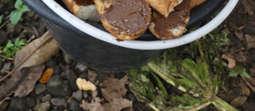

Image 5. Male chimpanzee Nanga, like all of the other 199 primates, receives peanut
butter on bread once a week.
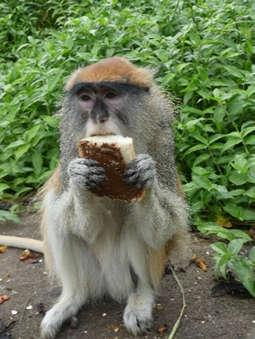
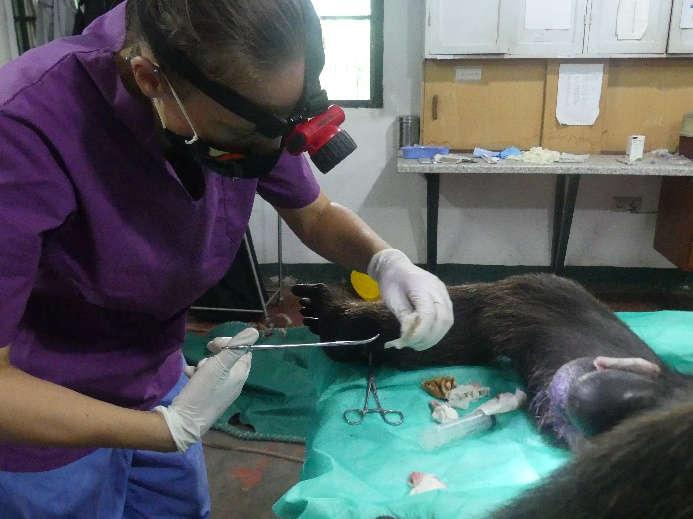
Image 7. Mechanical removal of a pocket of pus-forming antibiotic-resistant bacteria in chimpanzee Ntui.
Image 8. During the health check, the feather and body condition indices were checked and the African grey parrots able to integrate the soft release were dewormed before release.
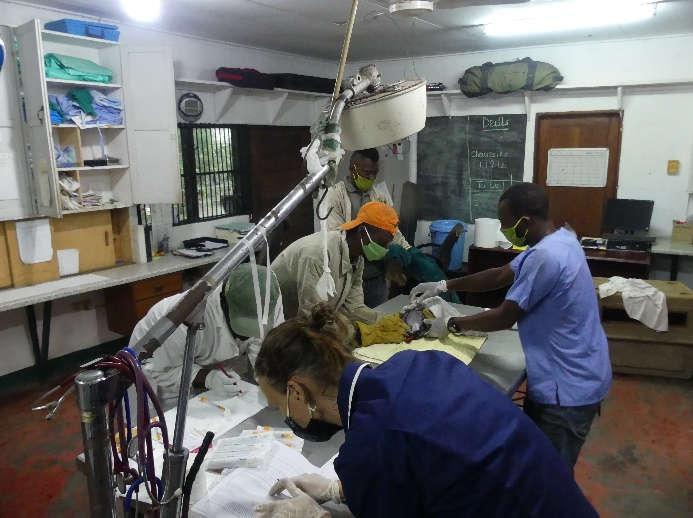
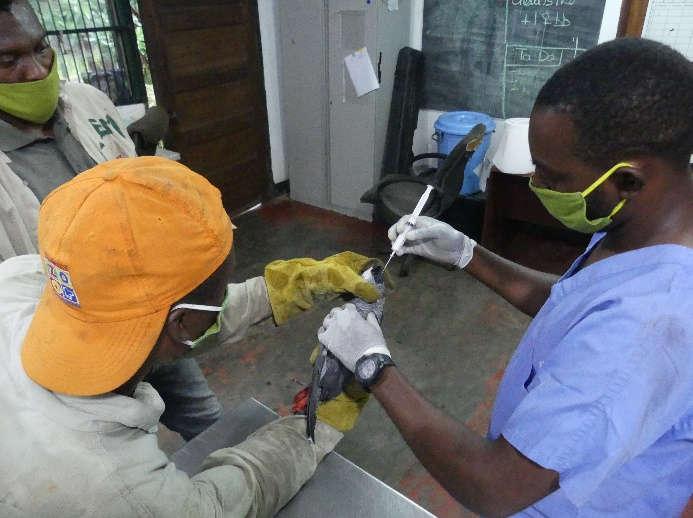
Image 9. Deworming with praziquantel placed in the crop of each selected African grey parrots before transfer to soft-release aviary.
Image 10. Upon arrival, this African grey parrot (CAM 264) was suffering from a fungal infection that rapidly worsens. Special treatment included topical fungicide, was force-fed until it could feed on its own and was kept in a quiet and safe place.


Image 11. After several months of day-today care, the beck was entirely healed and almost fully recovered. The health check (smaller pic) was made before transferral to the large rehabilitation aviary, where CAM 264 is now flying and preparing to be released.
August 2020 objectives:
□ Continue with the ongoing activities □ African grey parrots: Continue to provide special care for the last individuals with difficulties improving their body conditions □ Vet cares: 3rd quarantine health check: Drill (Mbigou, juvenile male); General health checks: African grey parrots (30); Contraception: Drills (5)






